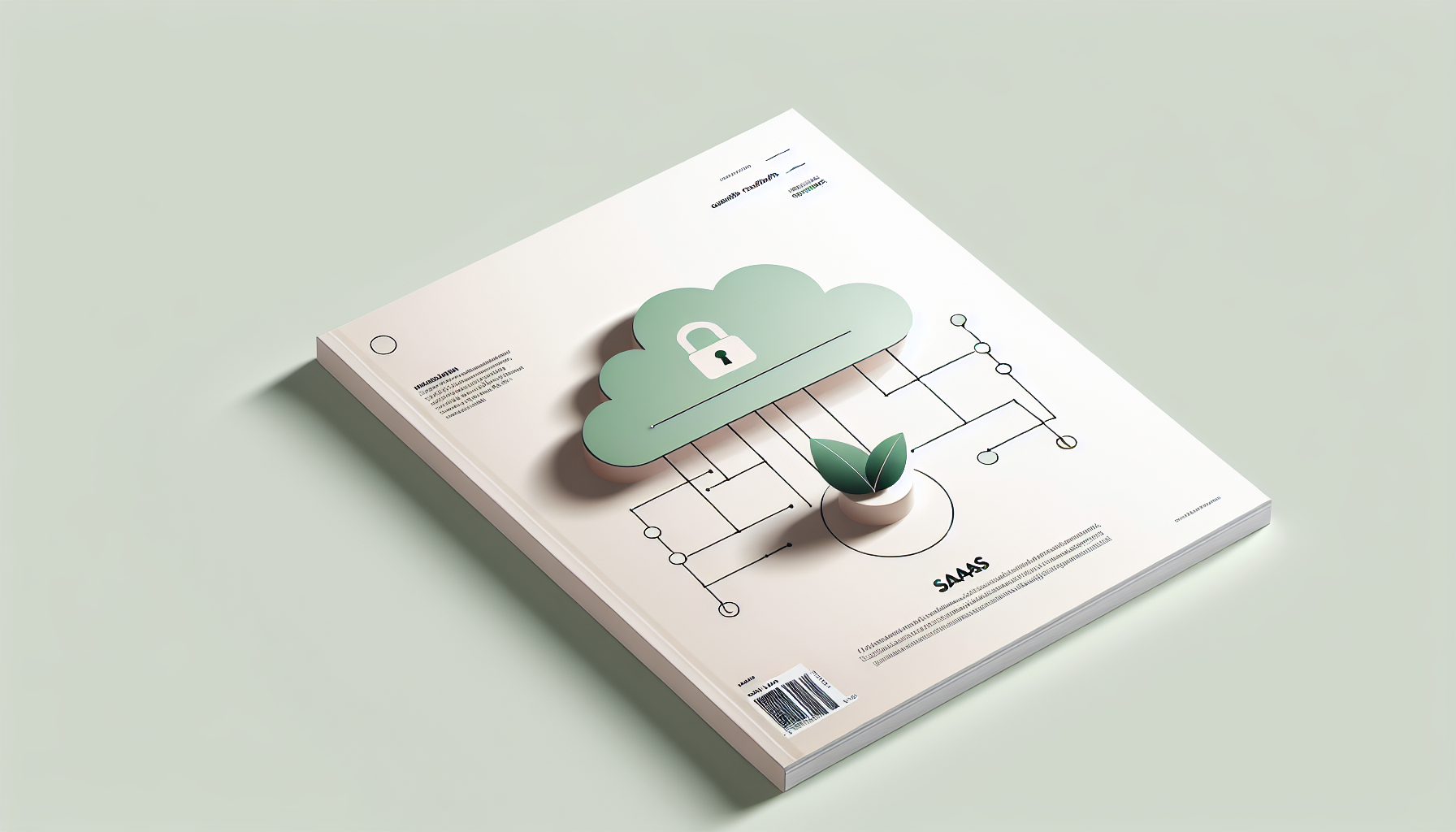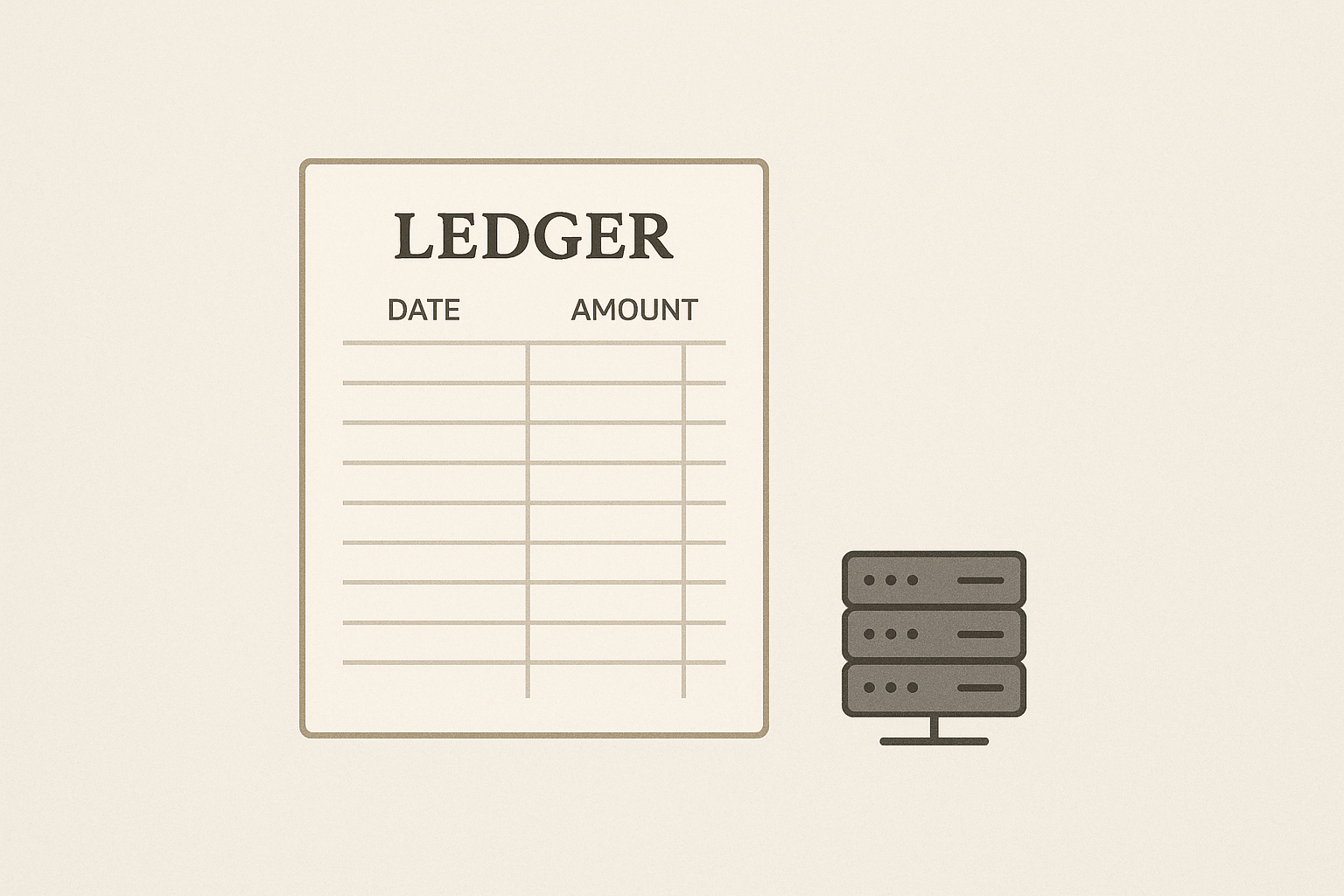Building Future-Proof SaaS Frameworks: Balancing Scalability, Security, and Sustainability
Design SaaS with foundational principles that ensure longevity, adaptability, and responsibility.

The Evergreen Challenge: Sustainable SaaS Platform Design
Software-as-a-Service (SaaS) has become the backbone of modern digital business models. However, building SaaS platforms that endure technological changes, user growth, and evolving security threats while maintaining environmental responsibility remains a persistent challenge.
Designing frameworks that can scale seamlessly without compromising security or sustainability is paramount for long-term success.
Solution 1: Modular Microservices Architecture with Security-First Mindset
A microservices architecture organises SaaS platforms into independently deployable services. This modularity facilitates scaling, fault isolation, and easier security management.
Implementing this requires:
- Defining clear service boundaries based on business capabilities.
- Establishing secure API gateways enforcing authentication and authorisation.
- Integrating container orchestration platforms (e.g. Kubernetes) for scalability and resilience.
- Applying DevSecOps practices to embed continuous security validation in CI/CD pipelines.
Example Implementation: Secure User Authentication Microservice with JWT and OAuth2
<code class="language-python">from flask import Flask, request, jsonifyfrom flask_jwt_extended import JWTManager, create_access_token, jwt_required# Initialize Flask appapp = Flask(__name__)app.config['JWT_SECRET_KEY'] = 'your-secure-secret-key'jwt = JWTManager(app)# In-memory user storeusers = {'alice': 'securePass123'}# Login endpoint@app.route('/login', methods=['POST'])def login(): username = request.json.get('username', None) password = request.json.get('password', None) if not username or not password or users.get(username) != password: return jsonify({'msg': 'Invalid credentials'}), 401 access_token = create_access_token(identity=username) return jsonify(access_token=access_token), 200# Protected endpoint@app.route('/profile', methods=['GET'])@jwt_required()def profile(): return jsonify({'message': 'Secure access granted'}), 200if __name__ == '__main__': app.run(host='0.0.0.0', port=5000)</code>Pro Tip: Design each microservice with the principle of least privilege and enforce encrypted communication to reduce attack surfaces.
Solution 2: Green Cloud Infrastructure and Sustainable Dev Practices
Optimising SaaS sustainability involves choosing energy-efficient hosting and adopting programming and deployment practices that reduce computational waste.
- Opt for cloud providers with renewable energy commitments and carbon-neutral data centres.
- Implement autoscaling and serverless functions to minimise idle resource consumption.
- Use efficient algorithms and optimise code paths to reduce CPU and memory usage.
- Incorporate monitoring tools to track resource utilisation and carbon footprint metrics.
Step-by-Step Approach to Sustainable DevOps:
- Audit existing workloads and identify overprovisioned resources.
- Transition suitable components to serverless architectures (e.g., AWS Lambda, Azure Functions).
- Configure autoscaling policies with conservative thresholds to avoid over-scaling.
- Regularly review dependency libraries and remove unused packages to decrease deployment size.
Did You Know? According to Ofgem, choosing green energy cloud providers can reduce a SaaS application's carbon emissions by up to 80% over traditional data hosting.
Q&A: How can startups balance scalability with sustainability without increasing costs?Deploy dynamically scaled microservices alongside green cloud resources to optimise both performance and operational expenses simultaneously.
Internal Integration
For a deep dive into integrating AI automations that enhance sustainability reporting in SaaS platforms, see our comprehensive guide Designing Resilient, Automated Frameworks for Sustainable Agriculture with AI Integration.
Evening Actionables
- Define microservice boundaries for your SaaS platform focusing on scalability and security.
- Implement a prototype JWT-based authentication service following the provided code example.
- Evaluate cloud providers’ sustainability credentials before selection.
- Configure autoscaling and monitor resource usage for continuous optimisation.





Comments ()